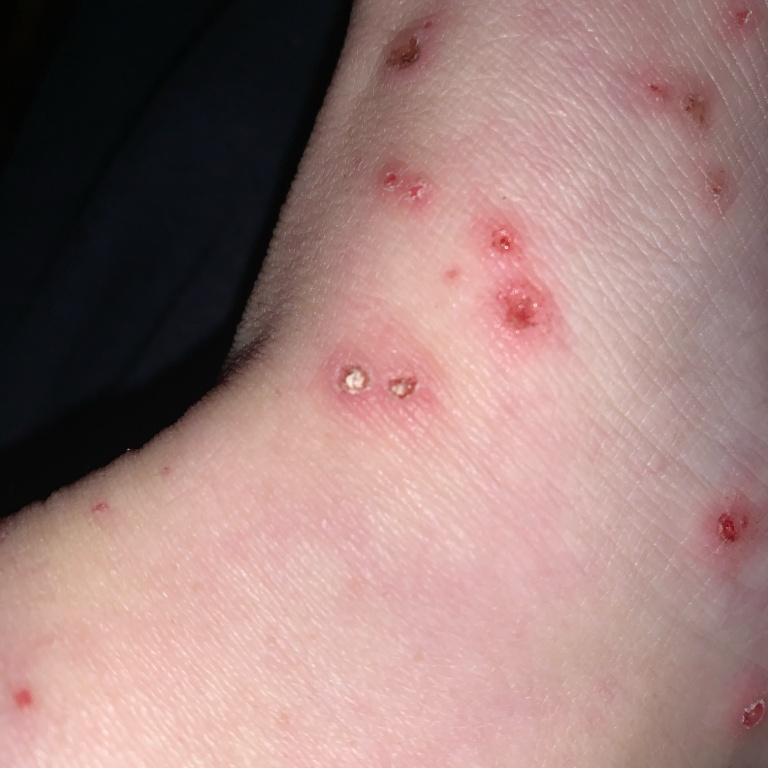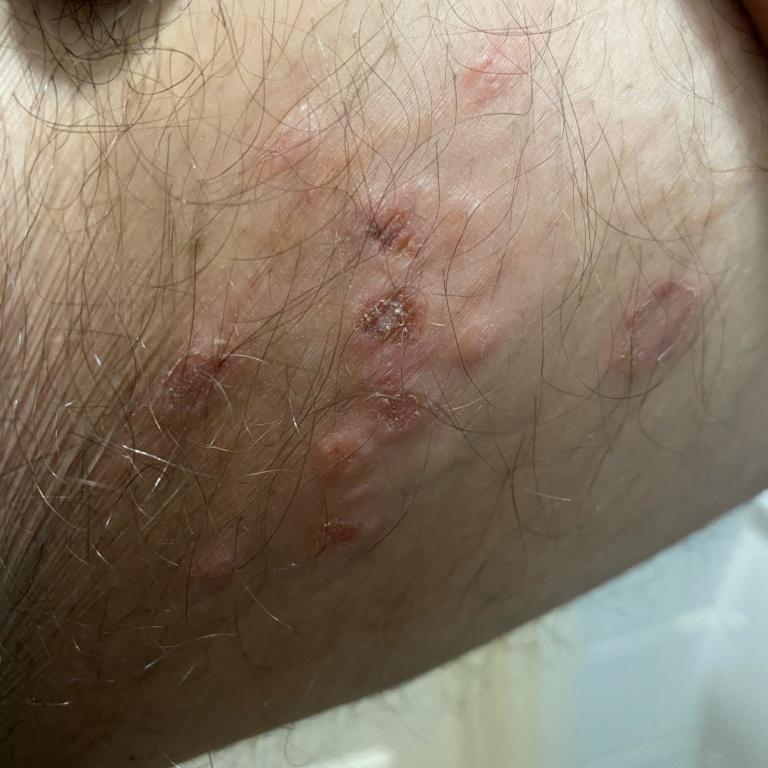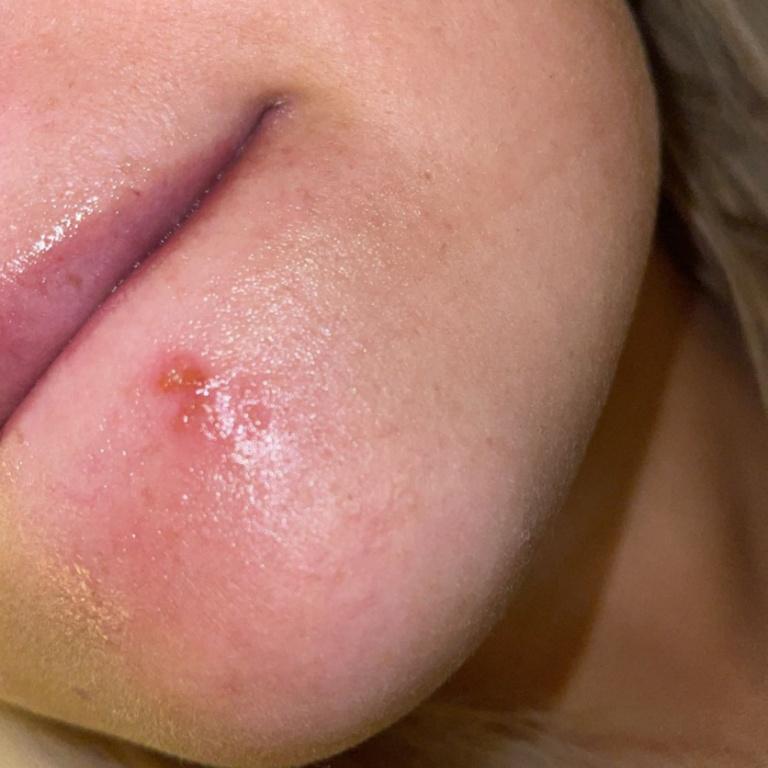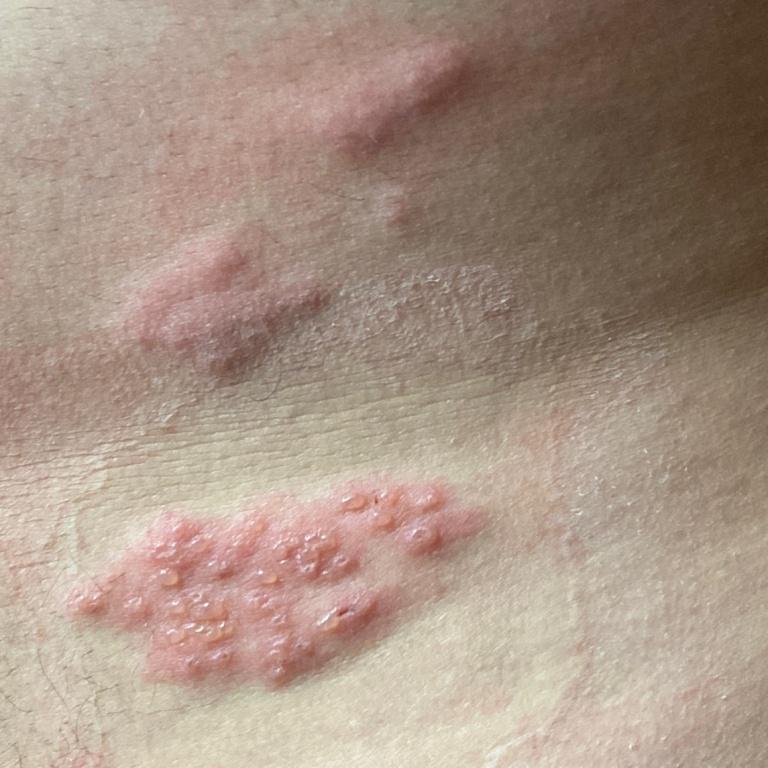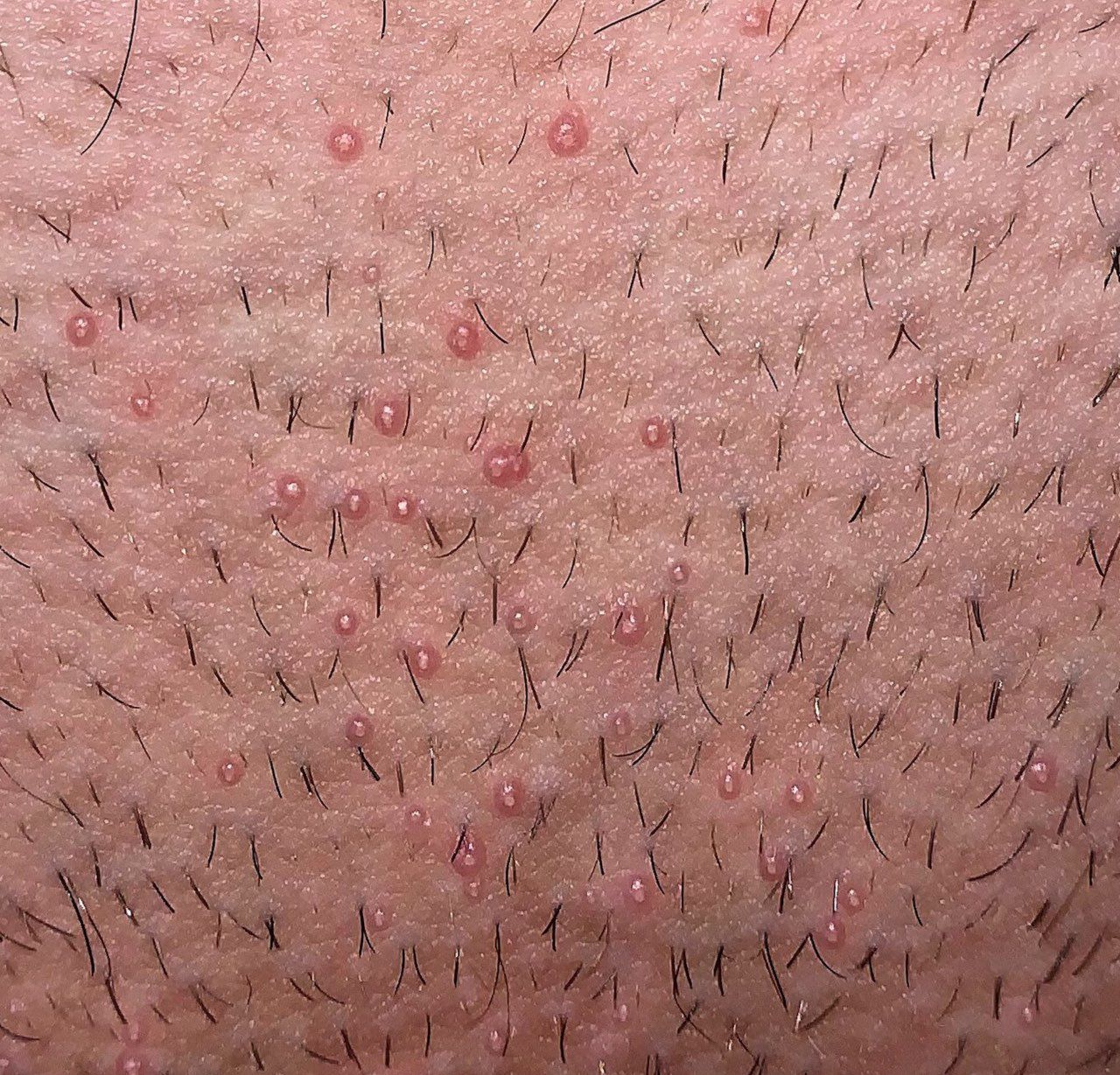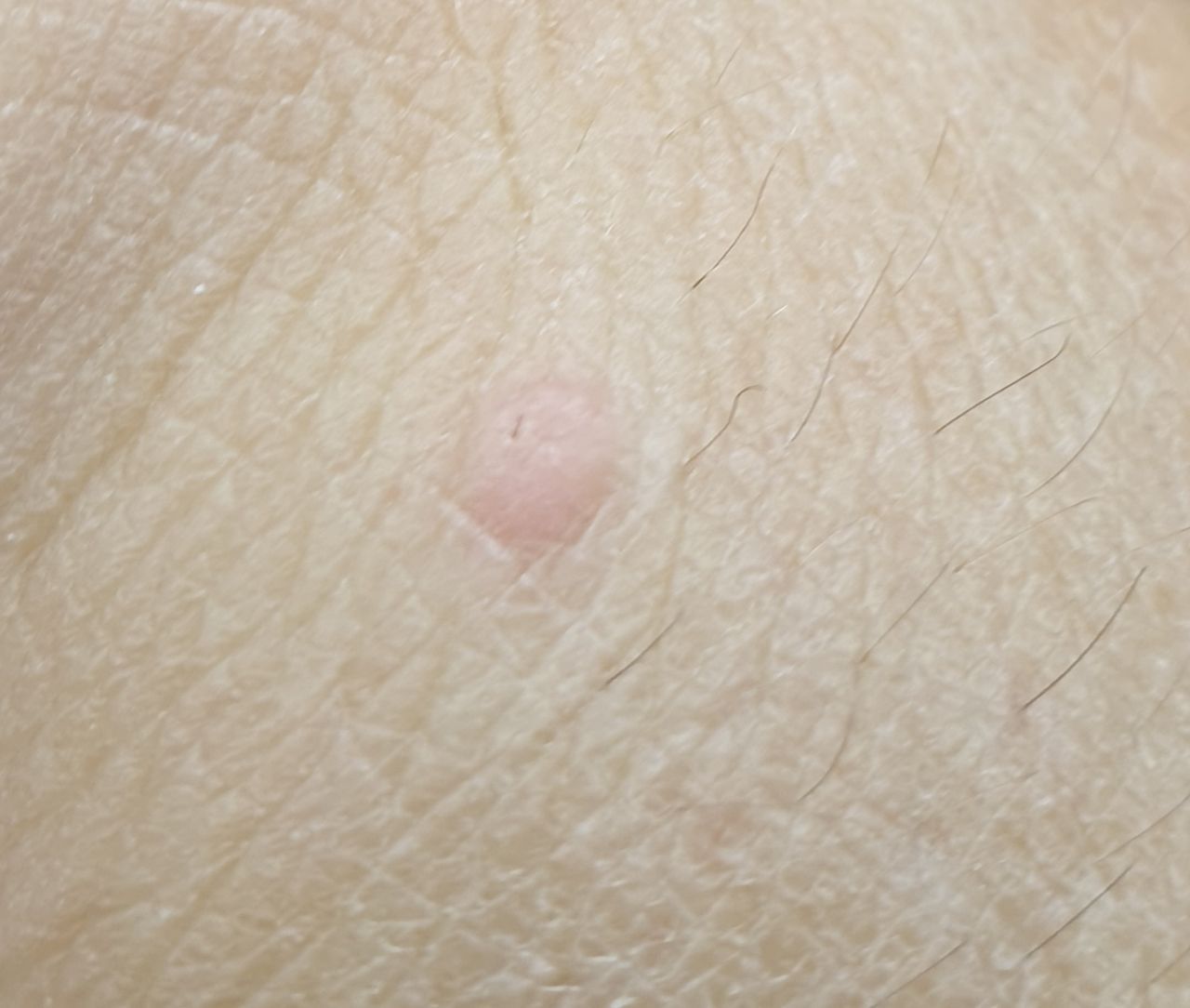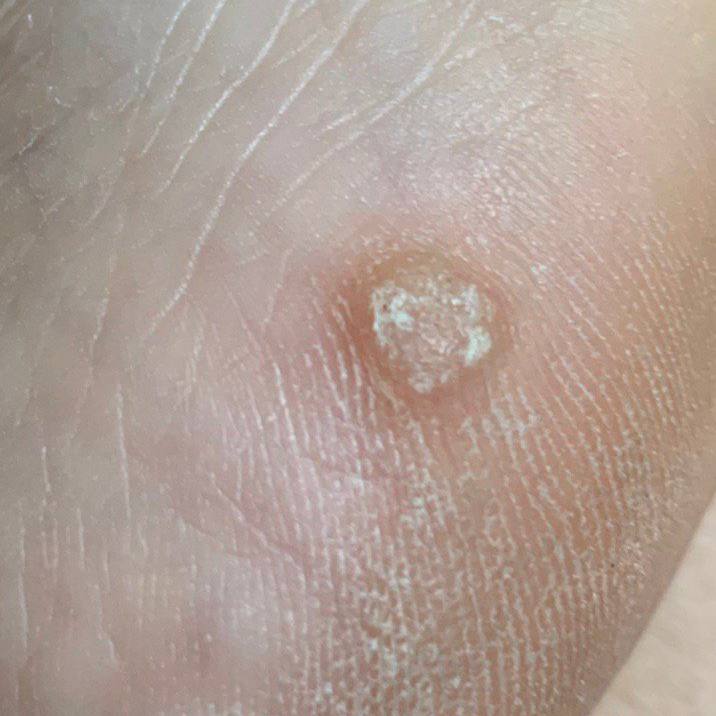HPV stands for human papillomavirus, a common infection that is transmitted by contact or sex. There are many different types of HPV, some of which can cause warts, genital condylomas, or lead to various cancers (such as cervical or anal cancer). Other viral skin pathology includes herpes and molluscum contagiosum.
⚠️ Medium risk: Herpes simplex, molluscum contagiosum and viral warts are familiar to many people, as we encounter them quite often. These diseases are not life threatening, but given the possibility of contact transmission to another person – it is necessary to see a dermatologist for treatment.
🚨 High risk: Chickenpox and shingles (types of herpes), as well as genital herpes are dangerous conditions that are not only highly contagious (easily transmitted), but can also significantly worsen human health, causing severe symptoms and complications. Require immediate referral to a dermatologist.
💊 Treatment: Treatment and diagnosis of viral skin pathology depend on the specific symptoms and underlying conditions. If you suspect you have HPV, herpes, or molluscum contagiosum, it is important to see a doctor, such as a dermatologist, gynecologist, or urologist. The urgency depends on the symptoms and associated risks.
💡 Skin Self-Exams tips: Skin self-examination rules for viral skin pathology primarily include observing any changes on the skin, with the face, palms, soles, and genital areas most commonly affected. Look for the appearance of new elements, as well as any signs of discomfort or itching. It is recommended to perform these checks regularly, especially if you are sexually active or have previously experienced problems with viral skin pathology. If you notice any changes, see your doctor immediately.
Familiarize yourself with the intricacies of HPV, warts, and herpes with our comprehensive chapter. From understanding which viruses are behind these common skin conditions to learning effective treatments and prevention strategies, we’ll help you do just that. Learn how to recognize symptoms, manage outbreaks, and protect yourself and others from infection. Whether you’re looking for information on wart removal techniques or herpes treatment, this chapter offers expert advice to help you deal with these viral skin infections with confidence.
